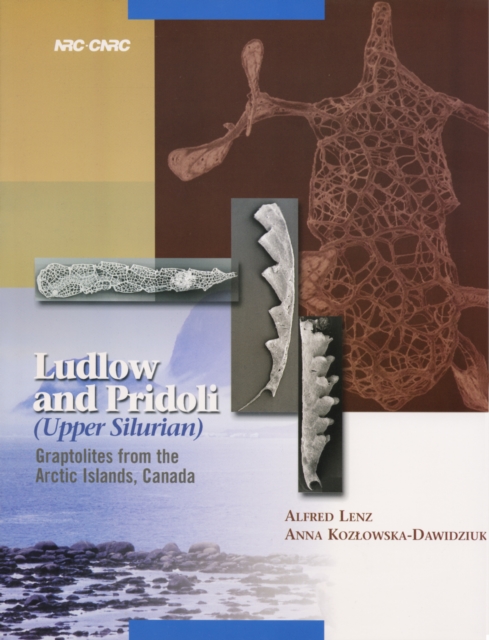
Ludlow and Pridoli (Upper Silurian) Graptolites from the Arctic Islands, Canada PDF
by Alfred Lenz, Anna Kozlowska-Dawidziuk
Description
Graptolites flourished from earliest Ordovician to Early Devonian, a time range of about 90 million years, and were widely distributed as marine benthic and planktonic colonial organisms around the world.
They were diverse and rapidly evolving and, as such, make excellent "index fossils" for relative age-dating of their enclosing basinal rocks.
Rarely, however, graptolites are beautifully preserved in their original three-dimensional form, and can be extracted from the enclosing rock for detailed study under scanning electron microscope.
Such a unique preservation is pervasive in the latest Ordovician to latest Silurian rocks of the central Arctic Islands of Canada, presenting an opportunity to study their complex morphology and evolution, making the Arctic graptolite sequence unique in the world.
The present study examines the isolated, uncompressed as well as flattened forms from the Ludlow and Pridoli (Upper Silurian) graptolites of the Arctic, recognizing 46 species of monograptids and retiolitids of which seven are described as new species or subspecies.
Information
-
Download - Immediately Available
- Format:PDF
- Publisher:NRC Research Press
- Publication Date:01/01/2004
- Category:
- ISBN:9780660193274
Information
-
Download - Immediately Available
- Format:PDF
- Publisher:NRC Research Press
- Publication Date:01/01/2004
- Category:
- ISBN:9780660193274






